
The question is no longer whether NATO’s eastern flank will be fortified it is how far engineering and military science can push the limits of modern border defense. In Lithuania, that answer is taking shape as a 30-mile, multi-layered barrier system designed not just to block, but to shape and control the tempo of any Russian advance.
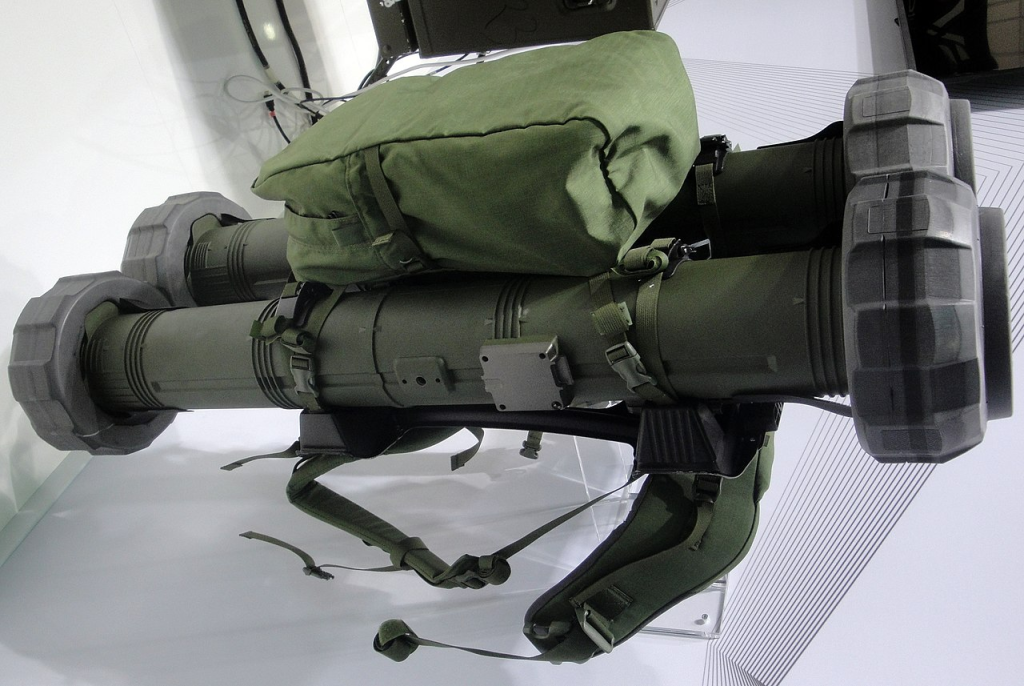
1. A Three-Echelon Defense in Depth
Lithuania’s plan is a textbook application of depth-in-defense doctrine, executed with NATO-standard precision. The first echelon, extending roughly five kilometers from the border, will be a hardened denial zone: anti-tank ditches, prefabricated concrete tetrahedrons known as dragon’s teeth, razor wire entanglements, and pre-laid minefields. Forward infantry positions will be built with modular fortifications housing light infantry and mobile anti-armor teams armed with Javelin and Spike-LR2 missiles. Camouflaged mortar positions and indirect fire coordinated through the Vilkas IFV’s digital battle management system will provide immediate suppressive capability.

2. Engineering the Maneuver Denial Zone
The second echelon, 10 to 15 kilometers rear of the frontier, is designed to disrupt and channel enemy advances. Bridges are pre-wired for demolition by explosives, culverts mined for controlled destruction, and access routes funneled into kill zones. Lithuanian mechanized infantry in Boxer IFVs will carry 30mm cannons and anti-tank guided missiles and will ambush, supported by German PzH 2000 and French Caesar NG artillery delivering both saturation and precision firepower.

3. The Last Line Before City Centres
The third echelon is designed for rapid conversion of civilian infrastructure into defensive networks. Roadside trees along main supply routes are pre-cut for instant felling to block armored columns. Underground fuel and ammunition caches, redundant communications systems, and counter-UAV electronic warfare units like the Sky Warden will support a dispersed but coordinated defense. Mobile HIMARS launchers will serve as area-denial assets, striking advancing formations and logistics nodes beyond the front. Loitering munitions such as Switchblade 600 and Warmate 2 will extend the reach of precision strikes.

4. Integration with Regional Fortifications
This network isn’t a separate national effort. It’s meant to work seamlessly together with the Baltic Defence Line a 1,000-mile fortified network running through Estonia, Latvia, and Lithuania and East Shield, a network of minefields, concrete walls, and hardened shelters covering Poland. Together, the networks will create a continuous chain of mutually supporting defensive belt running from the Baltic Sea to the Black Sea.
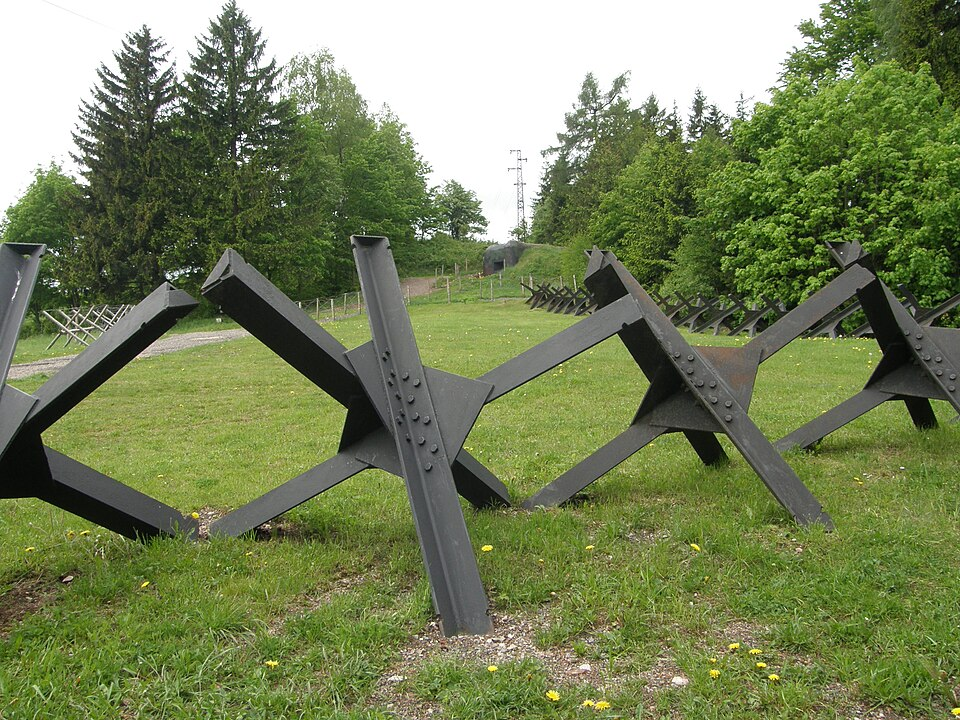
5. Counter-Mobility and “Engineering Parks”
Lithuania has stocked several dozen engineering parks with counter-mobility devices: Czech hedgehogs, concrete roadblocks, and anti-tank mines. They are pre-positioned for swift deployment in sectors under threat. The nation has already contracted for 85,000 anti-tank mines for €50 million, plus another €10 million lot, and is resupplying its NATO-standard 155mm artillery shells.
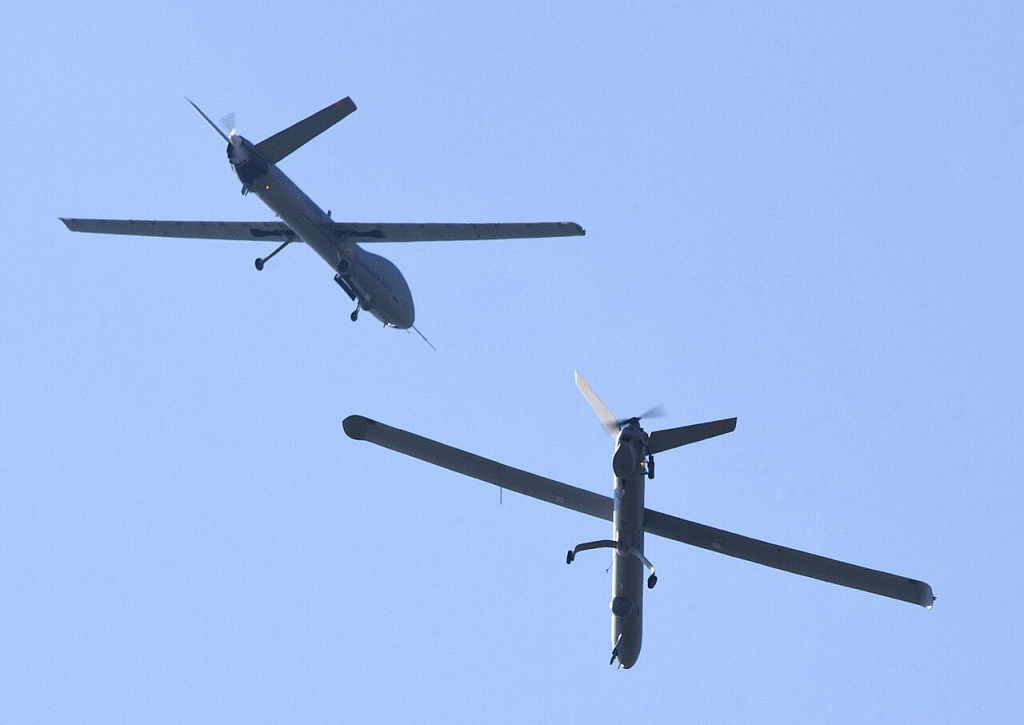
6. Expecting Russian Manoeuvres
The plan borrows significantly from the 2023 Ukrainian counteroffensive experience, when Russian multi-tiered defenses deflected mechanized penetrations even by highly modern Western armor. Lithuanian planners are hoping that their own multi-tiered obstacles and precision fires and drone recce will channel Russian soldiers into predictable patterns to enable NATO soldiers to mass defensive fires.

7. NATO and German Brigade Forward Deterrence Deployment
Germany’s 45th Armored Brigade 5,000 soldiers and 200 civilian personnel will have a permanent base in Lithuania by 2027, Berlin’s first long-term foreign base since World War II. Brig. Gen. Christoph Huber declared, “We have a clear mission: to secure the protection, freedom and security of our Lithuanian allies on NATO’s east flank.” The brigade will become part of Lithuania’s defense network, bringing Leopard 2A8 tanks, mechanized infantry and artillery to buttress the echelons in real time.
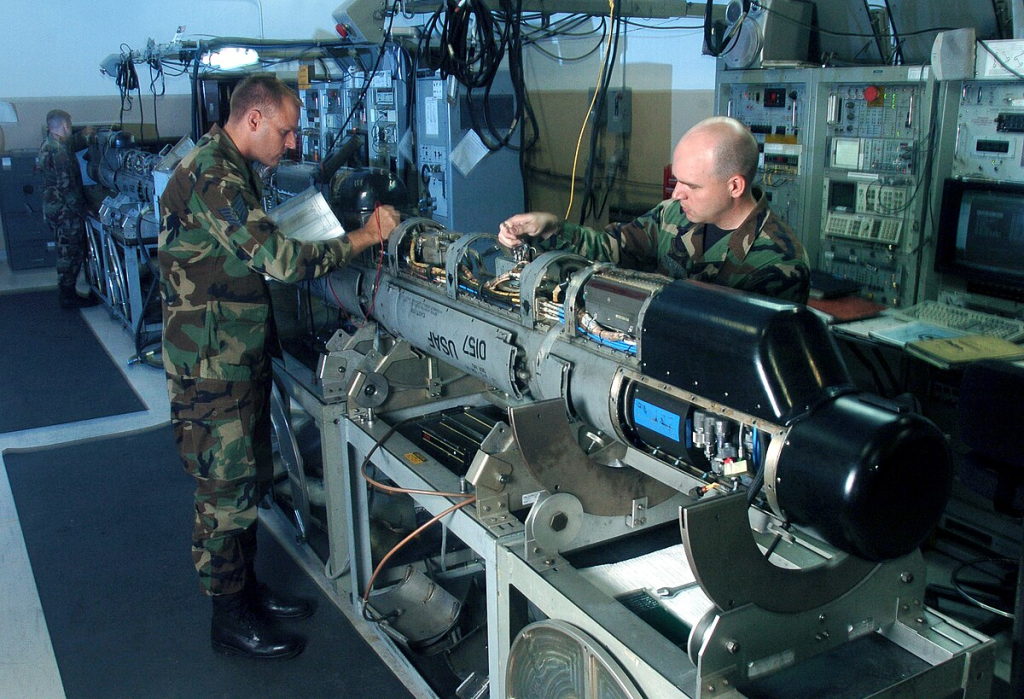
8. The Drone Wall and Technology
The defenses will also be fortified by the new 1,850-mile “drone wall” between Norway and Poland. This system will employ radars, electronic counter-measures and drones to counter drones that are able to operate in forests, swamps, and above lakes. The system will trigger the protocols for recon and intercept once enemy UAVs are detected in a few seconds.

9. The Strategic Situation and the Suwałki Gap
The Suwałki Gap the thin corridor connecting Lithuania to Poland between Belarus and Kaliningrad continues to be the most susceptible choke point for NATO. Lithuanian planners believe securing this area is most important in keeping a rapid Russian disruption of the Baltic nations from NATO reinforcements. German General Carsten Breuer has cautioned that Russia may be ready to strike a NATO nation “in the next four years,” and 2029 is a prime date for readiness.
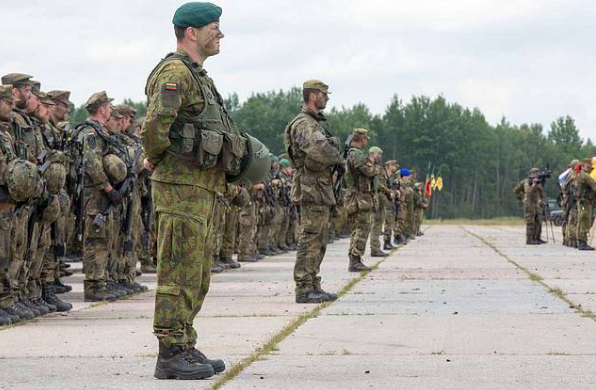
10. Financing and Schedules
Its cost is over $1.2 billion for the first decade and will receive considerable funding from the EU. Phase one, up to 2028, is dedicated to constructing the physical borders and fighting infrastructure. Phase two, from 2029 onwards, will be for maintenance, modernization, and tech upgrade so the system improves in tandem with new threats. By integrating heavy engineering capabilities, adaptive battle design, and multinational integration, Lithuania is transforming its border into a living fortification a living fortification that’s every bit about designing the battlefield that it’s about standing the line.

